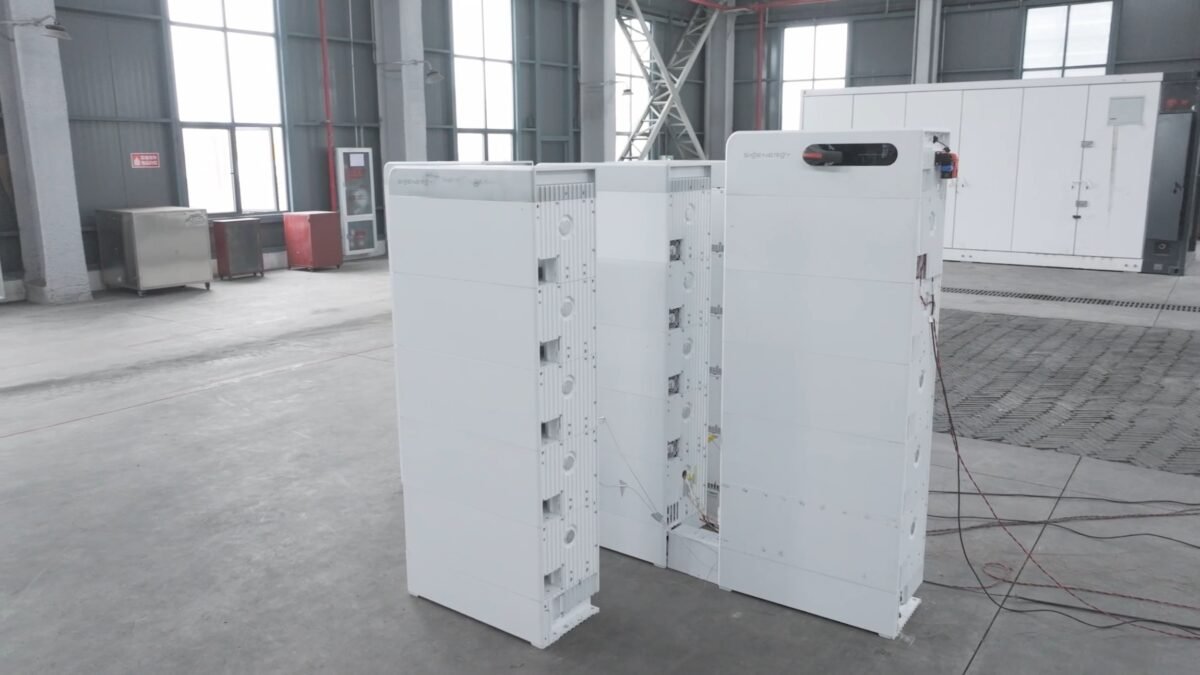SigenStack Proves Fire Safety in C&I Energy Storage Systems
When it comes to commercial and industrial (C&I) energy storage, safety isn’t just a checkbox—it’s the foundation. Sigenergy’s SigenStack recently underwent a brutal fire test, and the results are turning heads in the solar industry. Let’s break down why this matters for anyone specifying battery systems.
Why Burn a Perfectly Good Battery?
You might wonder why anyone would deliberately torch an energy storage system. The answer’s simple: real-world failures happen. As C&I installations grow denser (think warehouses stacking battery units like Amazon shelves), passive safety becomes critical. Sigenergy didn’t just test their SigenStack—they disabled every active safety feature first.
The Test That Changed the Conversation
Picture this: engineers heated 25% of a battery pack’s cells beyond 300°C with zero fire suppression. Flames erupted, but here’s the kicker—the fire stayed put. Adjacent modules registered cooler than your morning coffee (31°C), with no electrical faults or structural damage. That’s not luck; it’s modular design doing its job.
Six Layers Beats One Big Extinguisher
Most systems rely on spraying flames after they start. SigenStack takes a different approach:
- Early warning sensors (think smoke detectors for batteries)
- Insulation barriers acting like firewalls—literally
- Pressure relief that doesn’t wait for an invitation
This multi-layered strategy explains why post-test inspections found intact battery management units and zero short circuits.
Certifications Aren’t Just Stickers
With UL 9540A, IEC 62619, and GB/T 3765 compliance, SigenStack isn’t playing safety theater. These aren’t easy stamps to earn—just ask Tesla Powerwall installers about UL 9540A testing headaches. Yet here’s the contradiction: while certifications prove compliance, real-world fire tests prove resilience.
What This Means for Your Next Project
Battery fires make headlines; contained fires don’t. For developers pairing solar panels with storage, SigenStack’s results suggest a shift:
- Thermal isolation beats bigger fire extinguishers
- Modular designs limit liability (and insurance costs)
- 95% operational efficiency survives even extreme testing
California’s 2020 fire regulations already hint at where this is going. Systems that prevent fires—rather than just survive them—will dominate future RFPs.
Sigenergy’s white paper with Intertek (linked above) details the full technical breakdown. For installers tired of crossing fingers with battery safety, this might be the blueprint we’ve needed.






